
by Stone Marshall | Apr 18, 2016 | Awesome Book News, Minecraft News |
From the start, the enemy aliens are making kills — three times they destroy the defending laser cannon within seconds. Half an hour in, and the hesitant player starts to feel the game’s rhythm, learning when to fire back or hide. Finally, after playing ceaselessly for an entire night, the player is not wasting a single bullet, casually shooting the high-score floating mothership in between demolishing each alien. No one in the world can play a better game at this moment.
This player, it should be mentioned, is not human, but an algorithm on a graphics processing unit programmed by a company called DeepMind. Instructed simply to maximise the score and fed only the data stream of 30,000 pixels per frame, the algorithm — known as a deep Q-network – is then given a new challenge: an unfamiliar Pong-like game called Breakout, in which it needs to hit a ball through a rainbow-coloured brick wall. “After 30 minutes and 100 games, it’s pretty terrible, but it’s learning that it should move the bat towards the ball,” explains DeepMind’s cofounder and chief executive, a 38-year-old artificial-intelligence researcher named Demis Hassabis. “Here it is after an hour, quantitatively better but still not brilliant. But two hours in, it’s more or less mastered the game, even when the ball’s very fast. After four hours, it came up with an optimal strategy — to dig a tunnel round the side of the wall, and send the ball round the back in a superhuman accurate way. The designers of the system didn’t know that strategy.”
In February, Hassabis and colleagues including Volodymyr Mnih, Koray Kavukcuoglu and David Silver published a Nature paper on the work. They showed that their artificial agent had learned to play 49 Atari 2600 video games when given only minimal background information. The deep Q-network had mastered everything from a martial-arts game to boxing and 3D car-racing games, often outscoring a professional (human) games tester. “This is just games, but it could be stockmarket data,” Hassabis says. “DeepMind has been combining two promising areas of research — a deep neural network and a reinforcement-learning algorithm – in a really fundamental way. We’re interested in algorithms that can use their learning from one domain and apply that knowledge to a new domain.”
DeepMind has not, admittedly, launched any products — nor found a way to turn its machine gameplay into a revenue stream. Still, such details didn’t stop Google buying the London company — backed by investors such as Elon Musk, Peter Thiel and Li Ka-shing — last January in its biggest European acquisition. It paid £400 million.
DeepMind: inside Google’s super-brain
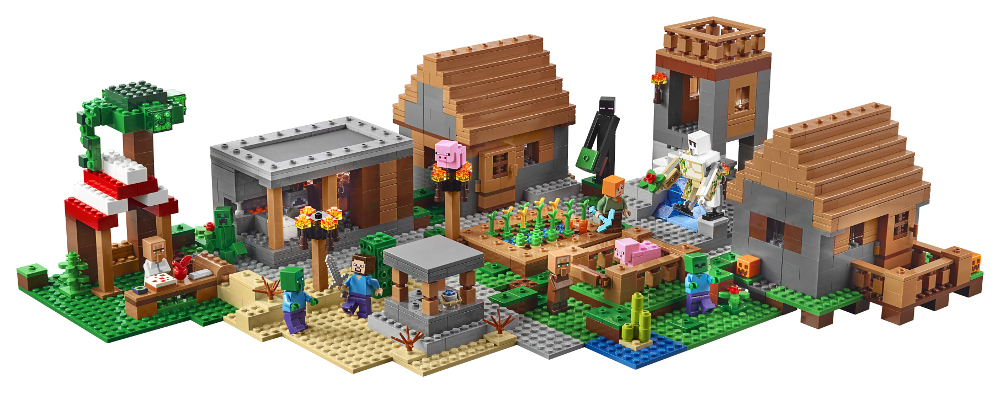
by Stone Marshall | Apr 17, 2016 | Minecraft News |
Having revealed the large Lego Minecraft Fortress at New York toy Fair, today Lego added a surprise Minecraft set to its line-up – Lego Minecraft The Village (21128).
Not shown at Toy Fair and coming in June, The Village expands Lego’s Minecraft world considerably. It’s a large set featuring 1600 pieces and includes rain forest, snow and desert biomes as well as a watchtower, library, blacksmith, butcher and marketplace.
It also comes with an array of different Minecraft mini-figures. These include Steve, Alex, zombie and zombie villager, plus a Creeper, enderman, pig, baby pig, iron golem and 2 villagers (a farmer and a librarian).
Once built it is an impressive 5” (15cm) high, 19” (49cm) wide and 17” (44cm) deep. This will combine with other Minecraft Lego sets to offer a complete Minecraft world. Other nice touches are the fold out library and butcher’s buildings as well as the flip open forge.

Lego Minecraft – The Village
Some may balk at the need to recreate Minecraft in Lego form as it is already Lego in virtual form. But although at first the physical Minecraft bricks feel a little restrictive, being able to combine this with a larger Lego collection opens up new ways for children to play.
Most telling is the attention to detail. Accessory elements include a crafting table, water bucket, emerald-ore-style elements, 2 pumpkin heads and a chest with emerald-style elements. These alone are enough to win over young Minecraft fans.
Adding this to other popular Lego kits coming this year (Lego DC and Marvel Superheroes, Lego Ninjago, Lego Nexo Knights and Series 9 Mixels) and it looks like another strong showing from the Billund based brick masters in 2016.
Lego Minecraft The Village set 21128 will be available from 1st June for $199.99.
Andy Robertson is a freelance technology and gaming expert for a range of national media. He produces the daily Family Gamer TV show on YouTube.
‘Lego’ Reveals Huge 1600 Piece ‘Minecraft’ Set
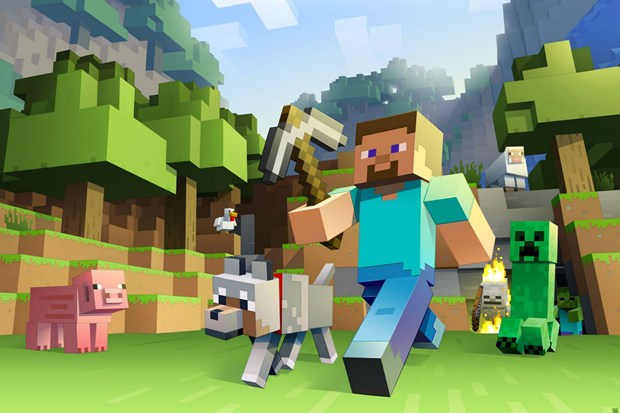
by Stone Marshall | Apr 17, 2016 | Minecraft News |
The sandbox world of Minecraft allows you build practically anything. Soon though, it won’t be used simply to create spatial objects, but artificial intelligence systems. At least, that’s Microsoft’s plan, taking an project aiming to teach AI to make its own decisions and launching it as an open-source testbed.
Currently, Microsoft’s internal study sees a small team of computer scientists trying to teach a virtual player how to navigate Mojang’s blocky world. The AI has only the same available resources a flesh and blood player would have access to, and must learn from its mistakes.
The game is a surprisingly good starting point to help learning AIs develop. After all, Minecraft drops human players into a randomly generated world and abandons them with no instructions, leaving them to intuit their surroundings and start creating. Putting a virtual mind into the same scenario and trying to get it to figure things out theoretically works on the same principles as human development.
The Minecraft ‘agent’ begins with zero knowledge, and no set objective. Through trial and error, such as walking into environmental hazards, it begins to build an objective and work towards it — in the case of Microsoft’s study taking place in New York, reaching the highest point in the world. The AI begins to understand its role and progress via incremental rewards, while eliminating data that’s irrelevant to its goal, such as time of day.
“We’re trying to program it to learn, as opposed to programming it to accomplish specific tasks,” said Fernando Diaz, senior researcher on the project. “[Minecraft is] a digital playpen for artificial intelligence. It’s an environment in which we can develop an algorithm for teaching a young artificial intelligence to learn different concepts in the world.”
The test is a part of the wider Project AIX, developed by Katja Hofman, a researcher working at Microsoft’s Cambridge labs. Frustrated by the simplicity of other games used to develop AI, she wanted something more focused on adaptive learning.
“Minecraft is the perfect platform for this kind of research because it’s this very open world,” Hofmann said. “You can do survival mode, you can do ‘build battles’ with your friends, you can do courses, you can implement our own games. This is really exciting for artificial intelligence because it allows us to create games that stretch beyond current abilities.”
The ultimate ambition is to make artificial intelligence more like general intelligence — that is, how we humans can combine our ‘programming’ in different skills to achieve desirable results. Most AI development to date has focused on getting machines to do one task really well, whereas the freedom of Minecraft allows AIX to take a more exploratory approach.
“The things that seem really easy for us are actually the things that are really difficult for an artificial intelligence,” said Robert Schapire, one of the scientists currently working on the project.
AIX itself is currently available to academic researchers, but Microsoft will be making it widely available this summer. It consists of a mod for the Java version of Minecraft, and a piece of code that helps AI agents sense and act within the environment, growing in experience as it processes feedback from its own actions.
However, it’s not seen as a consumer project, but rather a way to attract a broad range of researchers to experiment with AI development. It will be compatible with Windows, Linux and Mac OS, and more confident users can program their agents in “any programming language they are comfortable with”.
AI tests mean Minecraft will soon be able to play itself
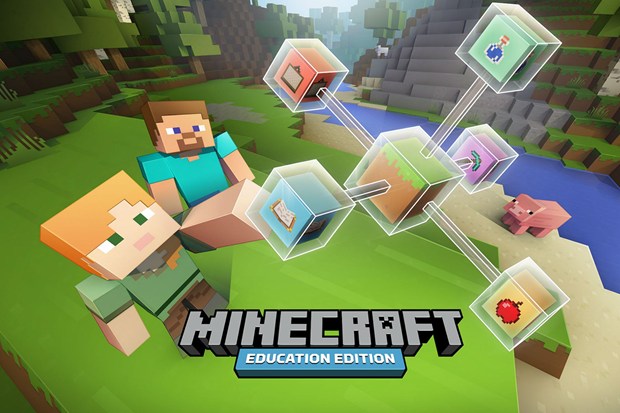
by Stone Marshall | Apr 16, 2016 | Minecraft News |
Microsoft has revealed it will launch a beta for its educational Minecraft splinter in May, allowing teachers to use the phenomenally popular sandbox game in the classroom.
Announced on the Minecraft blog, the beta will encompass more than 100 schools in 30 countries around the world, allowing educators to provide feedback on the project and help develop a final version and “fine-tune the experience across a diverse set of learning environments.”
The next phase comes a month later, when the company will release Minecraft: Education Edition as an early access program. This will be available in 11 languages and in 41 countries, and available to download and try for free. Across the summer, Microsoft will “be focused on working with educators on building out lesson plans, sharing learning activity ideas, and creating re-usable projects.”
The freeform nature of Minecraft makes it highly adaptable to lessons in many subjects, from accurate (if blocky) recreations of historical sites, through to molecular science. Developer Mojang’s core version also allows the creation of circuits using certain materials, making it perfect for engineering simulations, and there are countless examples online of users using it for programming and coding tutorials.
Microsoft’s educational version of Minecraft was announced in January, after it aquired the original version of MinecraftEdu. Dating back to 2011, the first iteration was co-developed by TeacherGaming and Mojang.
Once Microsoft launches a final version of Minecraft: Education Edition, schools with an existing license will be able to add the new version to their agreement, and new licenses will be available on both direct and high volume bases. The game will run on Windows 10 and Mac OS X El Capitan, although teachers and students will also need to register a free Office 365 Education account using official school email addresses.
Anyone still using the current TeacherGaming version of MinecraftEdu will receive support through to the end of “this school year” (unspecified, but likely based on American school dates), though teachers will need to opt in to continue receiving information on the switchover to Minecraft: Education Edition.
Minecraft: Education Edition launches beta in May
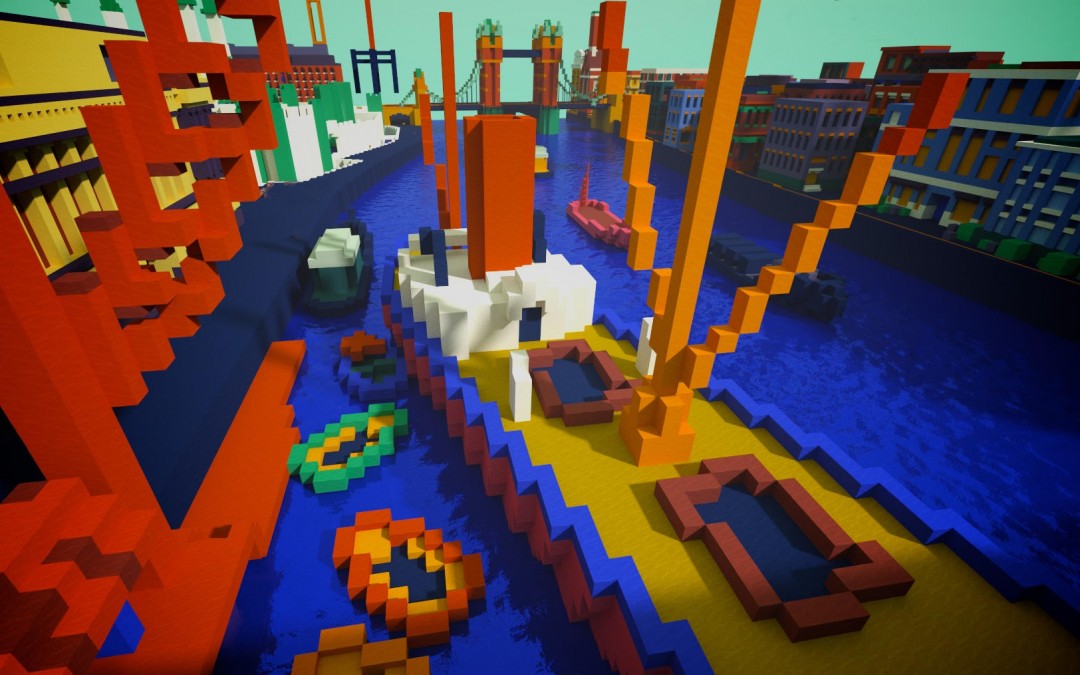
by Stone Marshall | Apr 16, 2016 | Minecraft News |
Minecraft is already a hit at schools. Now Microsoft plans to release a version of its blocky video game tailored for education.
A hundred schools will start testing Minecraft Education Edition in May, but more can get it in June when a free early-access program begins, Microsoft and its Mojang game studio said Thursday.
Microsoft didn’t reveal how much the final version will cost or when it will arrive. But as Microsoft develops the software itself, the company will also create projects to help teachers use it.
“During the summer months, we are also going to be focused on working with educators on building out lesson plans, sharing learning activity ideas and creating reusable projects,” Microsoft said.
Majoring in Minecraft
Minecraft players turn trees, animals and minerals resources into tools, weapons and shelter to survive nightly monster onslaughts. It’s a major hit, with more than 70 million copies sold. It’s not just about survival, though. A creative mode lets players build fanciful structures, automate pig farming and even reproduce the complicated internal workings of computer logic circuitry.
This open-endedness has made Minecraft adaptable to everything from computer programming to art history. Especially because kids take the initiative to learn with Minecraft on their own, it’s no wonder schools like it and parents don’t freak out so much when kids get obsessed.
Minecraft Education Edition is part of a big transition for the game. Swedish developer Mojang began the project using the Java programming language. That’s been popular for people who like to write modifications, called mods, that alter how Minecraft works. But newer versions of Minecraft, notably the Pocket Edition that runs on Apple iPhones and iPads and on phones and tablets powered by Google’s Android software, are written in the C++ language instead.
The Education Edition will use this C++ foundation, Microsoft said. That means no mods, at least initially. But Microsoft plans to bring mods and command blocks — another key way to tweak Minecraft — to the next C++ version. Education Edition will require Windows 10 or Apple’s OS X 10.11 El Capitan, Microsoft added.
Minecraft for Facebook’s Oculus Rift virtual reality headset and for Microsoft’s HoloLens augmented reality headset also use the C++ foundation.
School’s out for summer? Not for Minecraft Education Edition
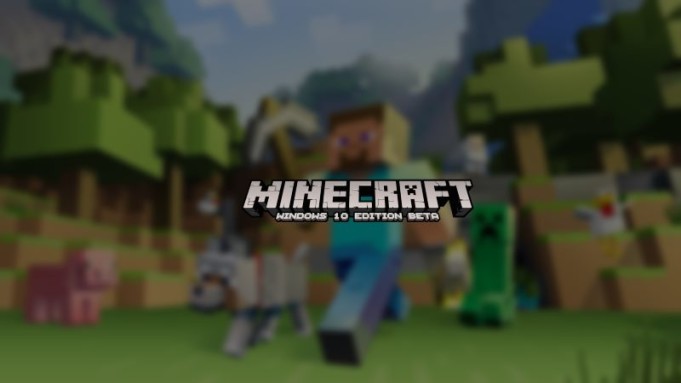
by Stone Marshall | Apr 13, 2016 | Minecraft News |
Minecraft: Windows 10 Edition was released on July 29, 2015 and runs on the universal Windows 10 platform, being an adaptation of Minecraft Pocket Edition, which means that it has the same features, but it contains a few additions and it can be played on VR headsets such as HoloLens. The game costs $9.99 on the Windows Store, no matter if it’s played on computers or mobile devices. Soon, according to reports, Minecraft for this platform will receive a new update.
Lately, after Microsoft has purchased Minecraft, the game has received new features for Windows 10 (desktop), Xbox and PS4 consoles, and now, the developers will focus on the mobile edition. Minecraft Pocket Edition is available for Android, iOS and Windows 10 Mobile and, according to CNet, the game will allow players to use items called command blocks and “mods”, which will offer “more extensive customization to the game on mobile devices.”
Jens Bergensten, the lead developer of Minecraft, told CNet that “Using command blocks, you can add new Minecraft rules that do things like teleport players to a different part of the virtual world, reward them with a powerful sword, confine them to a jail, summon a flying pig into existence and obliterate all dangerous zombies”. He explained also how the developers will put this plan into practice: “Usually what is the most time consuming is to adapt the user interface for touch and gamepad, especially considering it’s a bit more cumbersome to type text”.
Bergensten has added that the team will need to create a system that will support modding for other platforms and that the company is researching options. Unfortunately, the lead developer hasn’t mentioned when the upgrade for Minecraft Windows 10 and Pocket Edition will be possible, and the only thing we can do right now is wait for an official announcement.
If mods will be supported, then there will be many interesting features introduced in Minecraft. For example, players will be able to fly on dragons and the game’s graphics will be boosted.
Minecraft Windows 10 and Pocket Edition Update to allow more Customization






